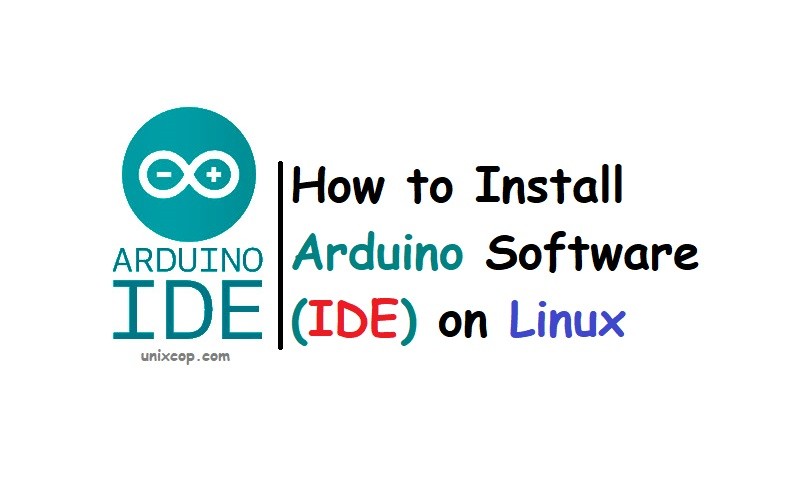Introduction
Arduino is a widely-used, open-source electronics platform used to create devices that interact with their environment using sensors and actuators. It consists of a programmable hardware board and a software (Integrated Development Environment(IDE)) for writing and uploading programs to the board. Before you can start building projects using Arduino, you need to set up the IDE to program your boards. The Arduino (IDE) is a free open-source and cross-platform desktop application that allows you to write code and upload it to the board. It runs on Linux, Windows, and Mac OS X, and Linux.
The only needed requirement for Arduino is the 32-bit or 64-bit version of the operating system.
Download the Arduino (IDE)
Go to the download page and grab the latest version (1.8.15 at the time of writing) of Arduino Software (IDE) for your supported system architecture. You can choose between the 32-bit, 64-bit, and ARM versions.
As it is very crucial to select the right version for your Linux distribution.
you can download it from this command:
$ wget https://downloads.arduino.cc/arduino-1.8.15-linux64.tar.xz
Next, extract the downloaded archive file using the tar command.
$ tar -xvf arduino-1.8.15-linux64.tar.xz
Run Arduino IDE Install Script
Now move into the extracted arduino-1.8.15 directory and run the installation script with root privileges as shown.
$ cd arduino-1.8.15
$ sudo ./install.sh 
Once the installation is done,
A desktop icon will be created on your desktop, to launch the IDE, double click on it.

Or you can open it from search apps.

If you have a good internet connection, you can use the Arduino Web Editor (which has an up-to-date version of the IDE). The advantage with it is that it allows you to save your sketches in the cloud, and have them backed up, making them accessible from any device.
Conclusion
That’s it for now! For more information and advanced usage instructions, see the Arduino documentation. To reach us, use the feedback form below.



